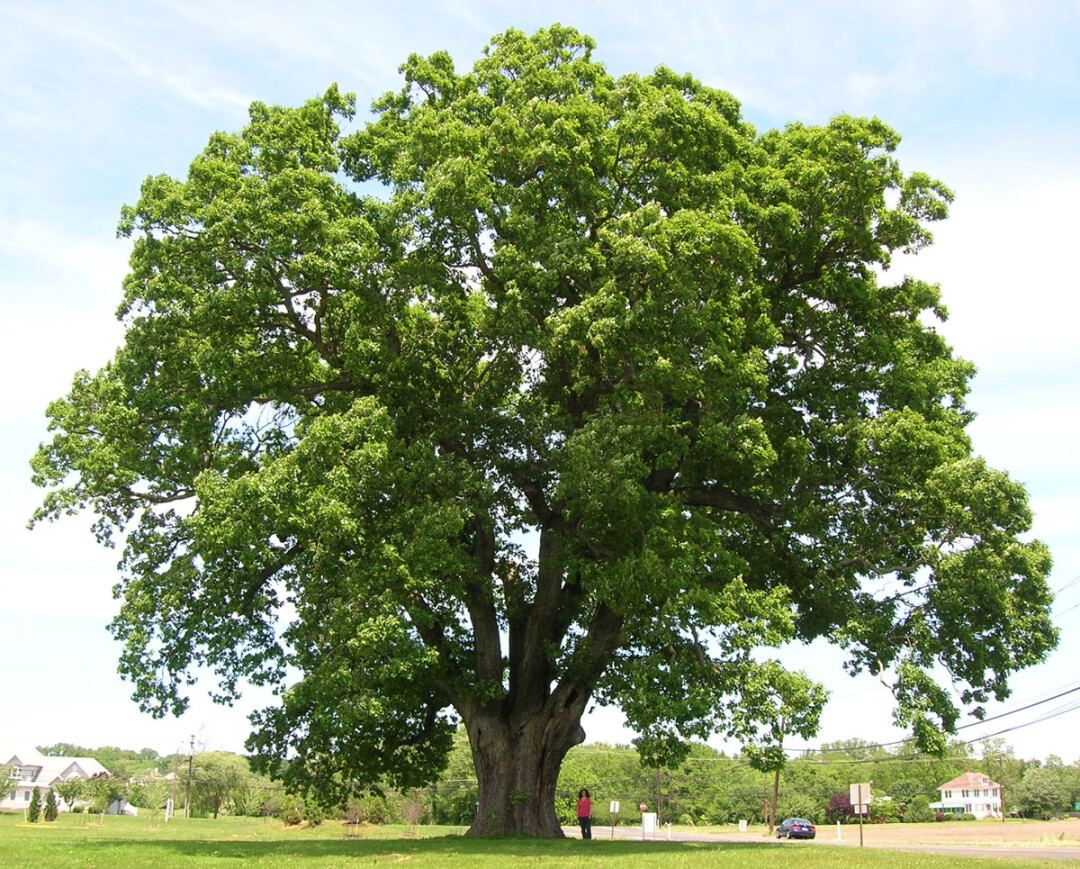5 Trees You Can Plant Along EC Streets Without Getting in Trouble

1. LARCH, TAMARACK
Last month, the Eau Claire City Council trimmed down the list of trees that are prohibited from being planted on city streets. Among them are the members of the genus larix (larch trees), including tamaracks. City forester Todd Chwala says the city wants to be able to plant tamaracks, which are wetland trees, in concrete “boxouts.” While the growth habits of such conifers can cause visibility problems along streets, with a little care tamaracks may work well as street trees.
2. OAK
If you want to plant an oak tree (genus quercus) between the sidewalk and the street, you’re now welcome to. In the recent past, oaks were looked down upon because of their acorns. Today, selective planting reduces pollination, meaning fewer acorns. In addition, communities like Eau Claire – which are facing the impending obliteration of ash trees because of the emerald ash borer – recognize the value of having a wider variety of trees, Chwala says.
3. POPLAR, ASPENS
Another group of no-longer-forbidden trees are the members of the genus populus, including poplars and aspens. Previously, poplars were disliked because of their aggressive roots and aspens because of their numerous shoots.
4. BIRCH
Until the ordinance were amended, birches – or members of the genus betula, if you’re a stickler for Latin – were considered public nuisances, in part because they were considered weak-wooded. However, propagation has led to single-stemmed trees, such as the river birch, which are more sturdy.
5. PLUM, CHERRY
Members of the genus prunus – including plum and cherry trees – used to be considered nuisances because their blossoms attract insects and their fruit makes a mess on sidewalks and streets. Fortunately, modern varieties either produce little to no fruit or have fruit that stays around long enough to be eaten by animals, Chwala says.




















